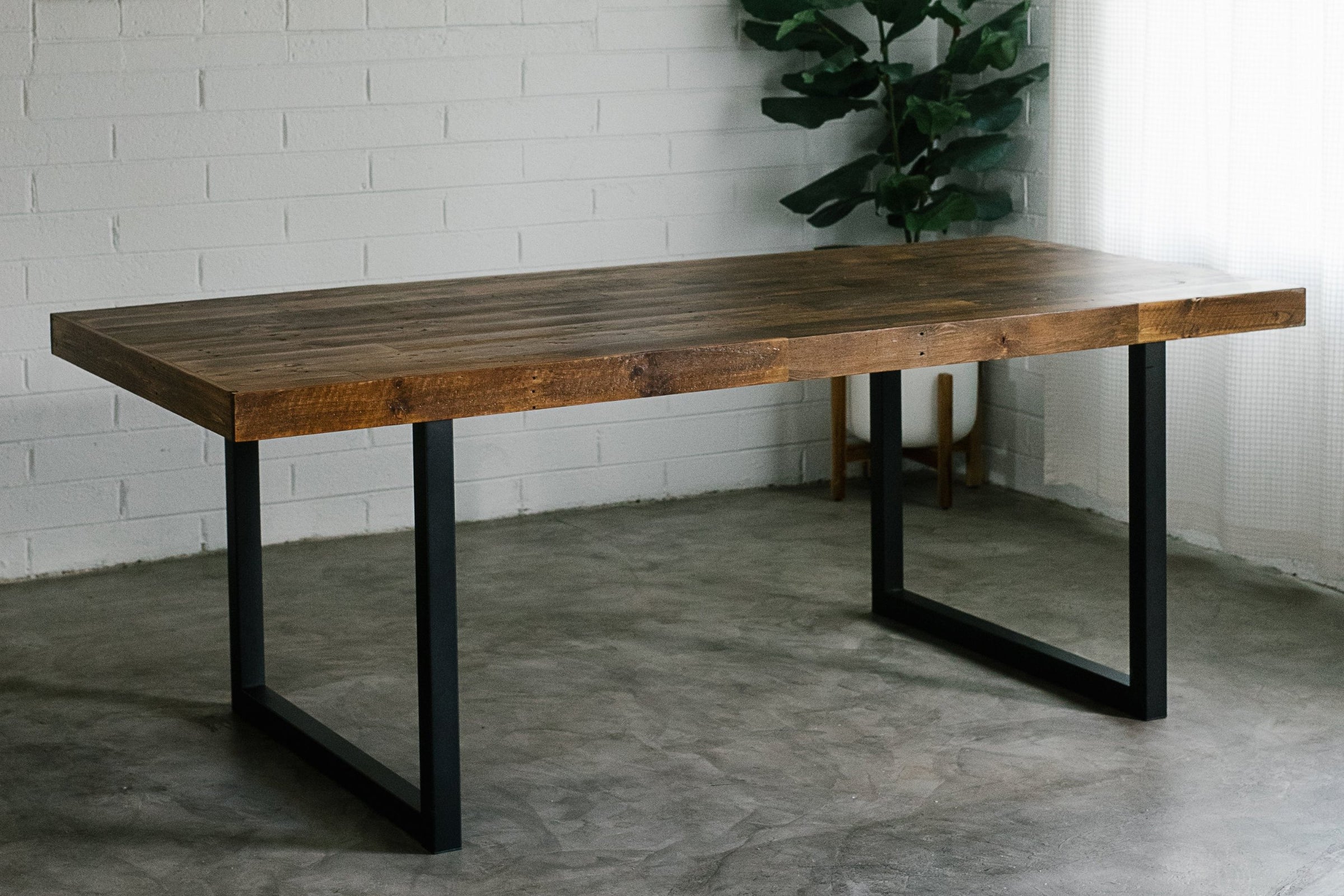Boost Your Dining Room with Stylish Dining Table Legs Wood Layouts
Boost Your Dining Room with Stylish Dining Table Legs Wood Layouts
Blog Article
Checking Out the Different Sorts Of Table Legs Wood for Your Dining Area
The choice of eating table legs wood can exceptionally impact both the visual and useful top qualities of your eating room. Strong wood options, such as oak and walnut, provide a classic appearance with unrivaled longevity, while crafted wood options use cutting-edge designs that resemble the splendor of all-natural grains.
Solid Timber Options

Unlike engineered materials, solid wood is much less vulnerable to bending and damage over time when appropriately preserved. Each piece of solid timber is one-of-a-kind, showcasing specific attributes that include to the appeal and character of the eating table.
In addition, strong wood can be finished in numerous means, varying from natural oils to stained finishes, permitting house owners to customize their furniture to match their decor. In recap, choosing strong timber for dining table legs not only ensures architectural honesty however also enhances the visual appeal of the dining location, making it a rewarding investment for any home.
Engineered Timber Alternatives

Plywood, constructed from numerous layers of wood veneer, is secure and especially strong, making it a superb option for eating table legs. Its layered make-up enables it to withstand adjustments in humidity and temperature level better than typical strong timber. MDF, on the other hand, provides a smooth surface area for painting or veneering, allowing developers to achieve a sleek look while preserving architectural stability.
Particleboard, frequently made use of in budget-friendly choices, provides respectable toughness and is lightweight, making it much easier to handle. Nevertheless, it might not be as resilient as plywood or MDF. When choosing crafted timber alternatives, it is vital to take into consideration the designated usage and wanted aesthetic. These materials not only improve the capability of eating spaces but likewise enable better design flexibility, making sure that typical and modern designs can exist side-by-side harmoniously.
Reclaimed Timber Includes
Redeemed timber supplies an one-of-a-kind mix of sustainability and personality, making it a significantly prominent option for dining table legs. Sourced from old barns, factories, and other frameworks, redeemed timber symbolizes a history that new products just can not duplicate. Each piece carries its very own story, marked by unique blemishes, knots, and varying grain patterns, which add to a table's distinct visual charm.
In enhancement to its visual charm, reclaimed wood is an ecologically friendly alternative. By repurposing previously utilized materials, it minimizes the demand for brand-new lumber, therefore helping to minimize and preserve forests waste. This straightens with a growing customer preference for lasting methods in furniture.
Furthermore, redeemed wood is frequently extra long lasting than recently collected wood due to its age. The all-natural drying out process that redeemed wood undertakes results in a denser and more powerful material, making it much less at risk to warping and splitting. This enhances the durability of eating tables, allowing them to hold up against the rigors of day-to-day usage.
Softwood vs. Wood
When selecting dining table legs, recognizing the differences between softwood and wood is essential for accomplishing both visual and functional objectives. They normally show an even more rustic look, making them appropriate for like this country-style or casual dining spaces.
On the other hand, hardwoods, sourced from deciduous trees like cherry, maple, and oak, are renowned for their thickness, toughness, and durability. The intricate grain patterns and rich hues of woods give a classic and advanced charm, making them optimal for formal dining setups. While woods often tend to be a lot more costly and much heavier, their resilience versus deterioration typically validates the investment.
Inevitably, the option in between softwood and wood for dining table legs should straighten with your style vision, usage demands, and budget plan, making sure that your dining space mirrors your personal design while staying functional with time.

Finishes and Therapies
The visual charm and durability of dining table legs can be significantly enhanced via numerous surfaces and treatments. These processes not only shield the timber from damages however also elevate its look, permitting it to match diverse interior styles.
One typical therapy is discoloring, which penetrates the timber and boosts its natural grain while adding color. Discolorations offer a rich, sophisticated appearance, allowing house owners to match their furnishings with existing decoration. Conversely, clear finishes such as polyurethane or varnish produce a protective layer without modifying the timber's original hue, guaranteeing sturdiness against damage.
Furthermore, natural oils, like tung or linseed oil, nurture the timber and use look at more info a refined luster, all while being environmentally friendly. These oils allow the surface to breathe, stopping moisture buildup and possible warping.
For those see this here seeking a rustic beauty, troubled or weather-beaten finishes can be put on develop an aged appearance, including personality to the item. Ultimately, the selection of finishes and treatments relies on individual choice, desired aesthetic appeals, and the particular timber type, making it necessary to think about these elements when picking eating table legs for your space.
Conclusion
Strong woods, engineered choices, and redeemed choices each offer distinct benefits, catering to numerous choices and demands. Ultimately, the selection of timber kind must line up with desired style, toughness, and environmental considerations, boosting the general dining experience.
The selection of dining table legs timber can exceptionally affect both the visual and practical top qualities of your dining space - Dining Table Legs Wood. Solid timber alternatives, such as oak and walnut, provide a traditional appearance with unparalleled toughness, while engineered timber alternatives provide innovative layouts that imitate the richness of natural grains. Strong wood offers a classic high quality that can elevate the total layout of an eating space. Each piece of strong wood is distinct, showcasing individual features that add to the charm and personality of the dining table
Moreover, recovered wood is commonly extra resilient than newly harvested wood due to its age.
Report this page